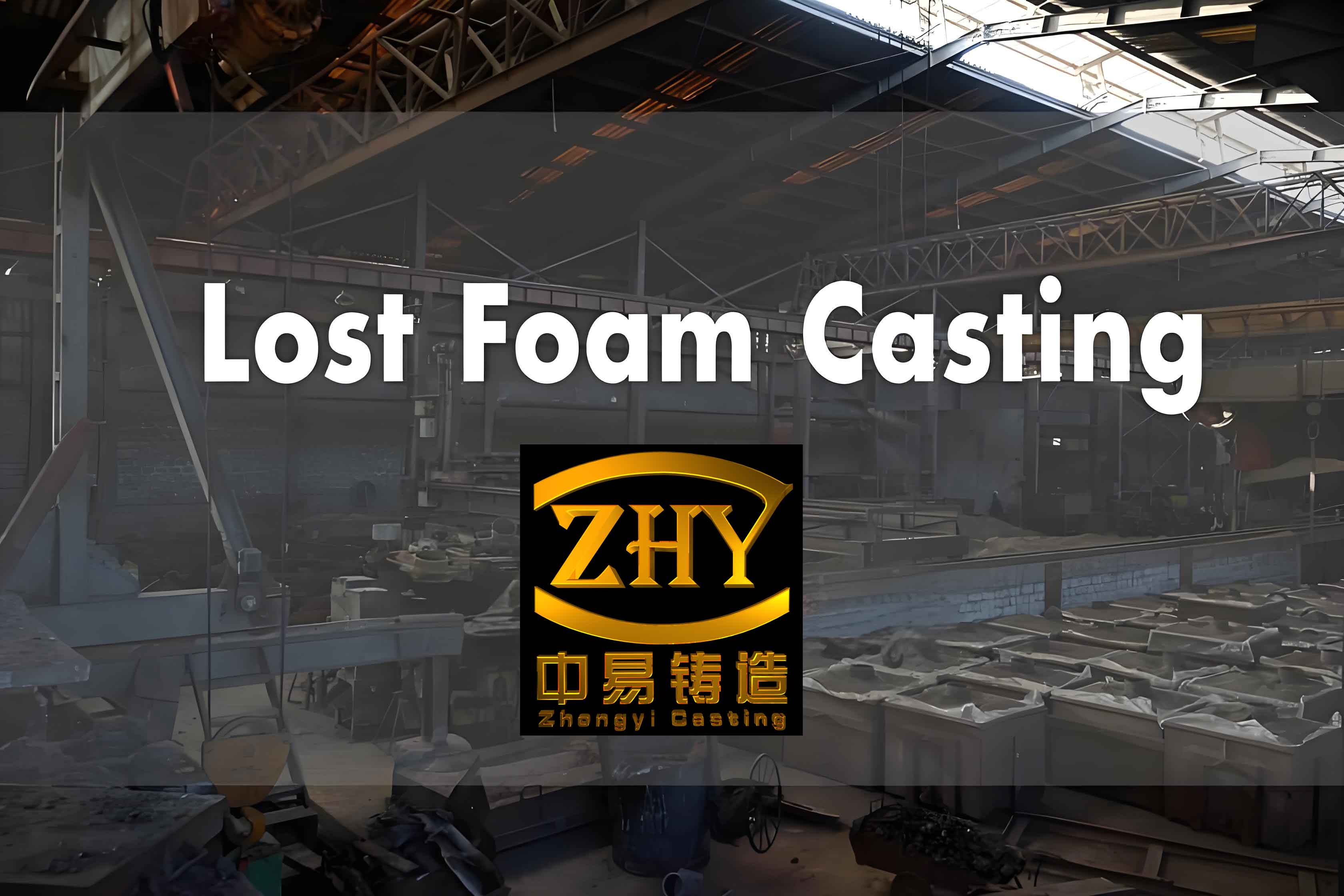Lost foam casting, an innovative and efficient manufacturing process, has gained considerable prominence in the industrial sector. However, like any manufacturing technology, it comes with its own set of environmental implications that need to be carefully examined and addressed.

Introduction
Lost foam casting, also known as evaporative pattern casting or foam pattern casting, involves the use of a foam pattern that vaporizes during the casting process, creating a cavity for the molten metal to fill and form the desired component. This process offers several advantages in terms of precision, complexity of geometries achievable, and reduced machining requirements.
The Process and Its Environmental Footprint
The lost foam casting process can be broken down into several stages, each with its own potential environmental impacts:
- Foam Pattern Production
- The foam patterns are typically made from expanded polystyrene (EPS) or similar materials. The production of these foams often involves the use of petrochemical-based raw materials, contributing to the depletion of non-renewable resources.
- Additionally, the manufacturing process of the foam can release volatile organic compounds (VOCs) into the atmosphere, which can have negative effects on air quality.
- Coating Application
- A refractory coating is applied to the foam pattern to provide stability and prevent premature melting. The coatings may contain substances that are potentially harmful to the environment if not handled and disposed of properly.
- Metal Melting and Pouring
- The melting of metals requires significant amounts of energy, often derived from fossil fuels, which leads to the emission of greenhouse gases such as carbon dioxide (CO2).
- The pouring process can generate noise and heat, which may have local environmental effects.
- Pattern Evaporation and Casting Solidification
- As the foam pattern vaporizes, it releases gases and particulates that need to be properly managed to avoid air pollution.
- The solidification of the molten metal also consumes energy and can potentially contribute to heat emissions.
Environmental Benefits
Despite the potential negative impacts, lost foam casting also offers some environmental benefits:
- Material Efficiency
- The close-to-net shape production achievable with lost foam casting reduces material waste compared to traditional casting methods. This means less raw material is needed to produce the same component, reducing the extraction and processing of metals and associated environmental impacts.
- Energy Savings
- Due to the reduced machining requirements, less energy is consumed in post-processing operations, contributing to overall energy savings.
- Reduced Emissions in Some Cases
- When compared to other casting processes that require more extensive machining and finishing, lost foam casting can result in lower emissions associated with these additional operations.
Environmental Challenges and Mitigation Strategies
Air Pollution
The vaporization of the foam pattern and the release of gases during the casting process can contribute to air pollution. To mitigate this:
- Installation of advanced ventilation and filtration systems to capture and treat the emissions.
- Use of low-VOC or environmentally friendly foam materials and coatings.
Energy Consumption
The high energy requirements for metal melting and processing can have a significant carbon footprint. Strategies to reduce energy consumption include:
- Adoption of energy-efficient melting furnaces and equipment.
- Integration of renewable energy sources, such as solar or wind power, where feasible.
Waste Management
The single-use nature of the foam patterns generates waste. To address this:
- Explore options for recycling or reusing the foam materials.
- Develop biodegradable or more environmentally friendly foam alternatives.
Comparative Analysis with Other Casting Technologies
Let’s compare the environmental implications of lost foam casting with some common casting methods:
| Casting Method | Energy Consumption | Emissions | Waste Generation |
|---|---|---|---|
| Sand Casting | High | Moderate to High | High |
| Investment Casting | Moderate | Moderate | Moderate |
| Die Casting | Moderate to High | Moderate | Moderate |
| Lost Foam Casting | Moderate | Moderate to High (depending on control measures) | Moderate (with potential for improvement) |
Industry Practices and Regulations
The metal casting industry is subject to various environmental regulations and standards to ensure sustainable operations. Companies employing lost foam casting are increasingly adopting measures such as:
- Conducting life cycle assessments (LCAs) to evaluate the environmental impact of their processes and products.
- Implementing environmental management systems (EMS) to monitor and continuously improve their environmental performance.
Future Trends and Developments
Looking ahead, the following trends are expected to shape the environmental landscape of lost foam casting:
- Research and development in greener foam materials and coatings that have lower environmental impacts.
- Advances in process optimization and control to further minimize energy consumption and emissions.
- Increased focus on circular economy principles, including the recycling and reuse of materials within the casting process.
Conclusion
Lost foam casting technology presents both opportunities and challenges from an environmental perspective. By understanding and addressing its environmental implications, the industry can strive for more sustainable manufacturing practices. Continual innovation, adherence to regulations, and a commitment to minimizing the ecological footprint will be crucial in ensuring the long-term viability and environmental compatibility of lost foam casting.
List of Environmental Regulations Applicable to Metal Casting Industries:
- Clean Air Act – Regulates air emissions.
- Resource Conservation and Recovery Act – Addresses waste management.
- Energy Policy and Conservation Act – Encourages energy efficiency.
List of Potential Green Foam Materials for Lost Foam Casting:
- Biodegradable Polymers – Such as polylactic acid (PLA).
- Recycled Polystyrene – With reduced virgin material usage.
In summary, while lost foam casting offers significant advantages in manufacturing, it is essential to proactively manage its environmental impacts to ensure a balance between industrial progress and ecological responsibility.
